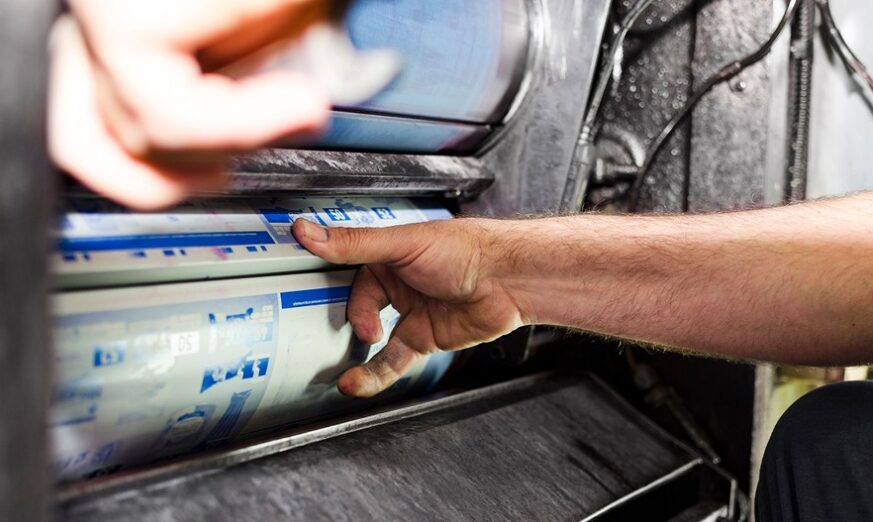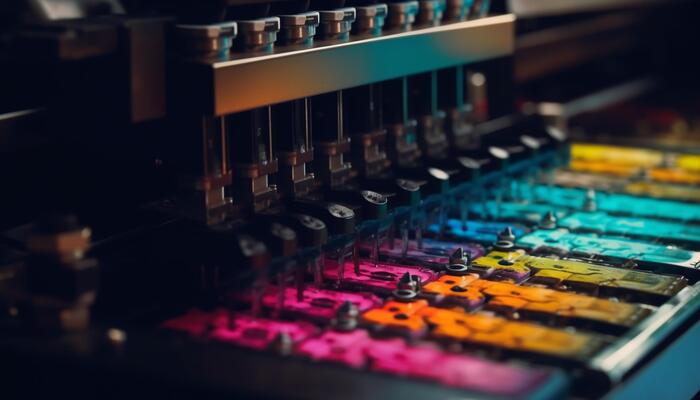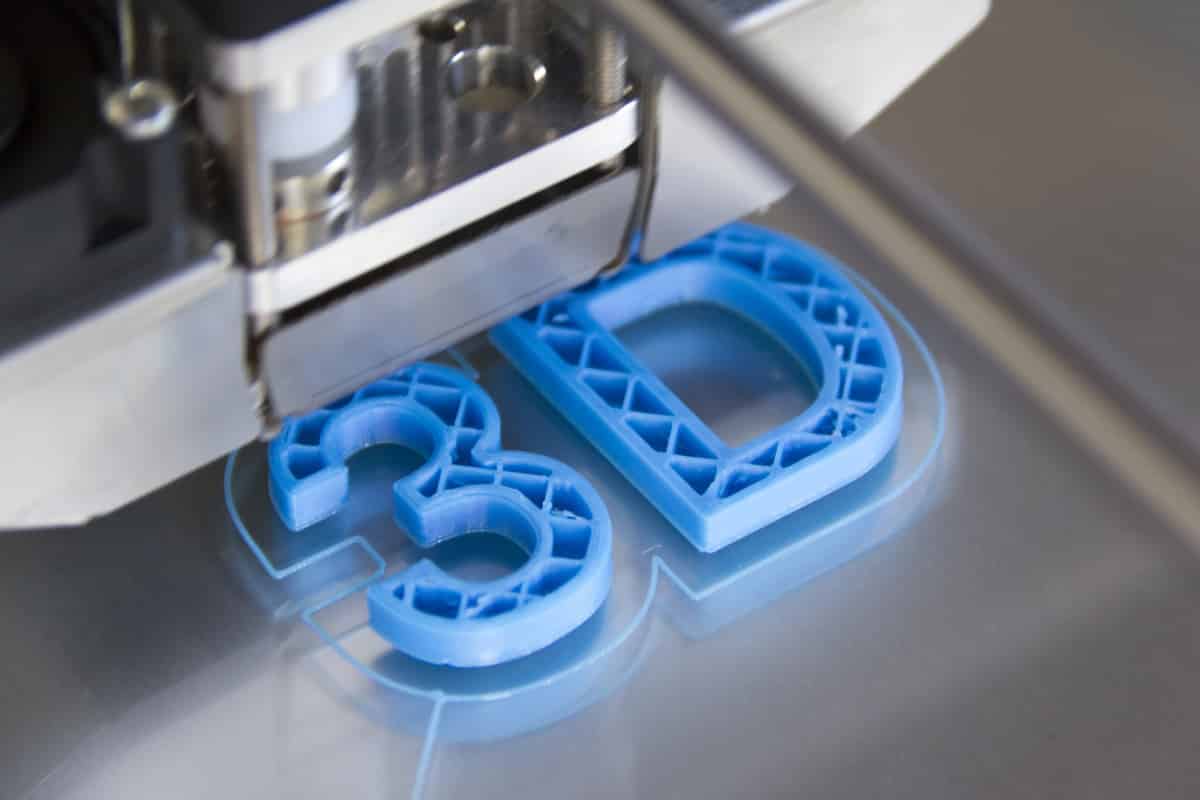The world of packaging is vast and ever-evolving, especially when it comes to the printing techniques used. One of the most prominent methods is Offset Printing for Packaging. This technique has long been favored by businesses for its ability to produce high-quality images and text on a variety of packaging materials. Understanding the nuances of offset printing is crucial for businesses aiming to enhance their packaging strategies.

What is Offset Printing?
Offset printing is a widely-used printing technique where the inked image is transferred (or ‘offset’) from a plate to a rubber blanket, and then onto the printing surface. This method is particularly effective for producing consistent, high-quality prints in large volumes, making it ideal for packaging.
Why Choose Offset Printing for Packaging?
Choosing offset printing for packaging offers numerous benefits. Firstly, it provides exceptional image quality with sharp and clean details. This is crucial for packaging that needs to stand out on the shelves. Moreover, it supports a wide range of colors, enabling businesses to use vibrant and eye-catching designs.
Cost-Effectiveness
For large volume production, offset printing proves to be highly cost-effective. The cost per unit decreases significantly as the quantity increases, making it a preferred choice for businesses with high-volume packaging needs. For more details, you can check out cost of offset printing.
Flexibility in Materials
Another advantage of offset printing is its versatility. It can be used on a variety of materials including paper, cardboard, and even certain types of plastic. This flexibility allows businesses to choose the best material for their specific packaging needs.
Offset Printing vs. Digital Printing
While both offset and digital printing have their place in the market, they serve different purposes. Offset printing is typically more suitable for larger runs due to its cost efficiency in high volumes. On the other hand, digital printing can be more economical for smaller batches. For a detailed comparison, consider this external article.
Longer Preparation Time
One of the downsides of offset printing is the longer preparation time compared to digital printing. Setting up the plates and the press takes more time, which might not be ideal for businesses needing quick turnaround times.
Applications of Offset Printing in Packaging
The applications of offset printing in packaging are extensive. From food and beverage packaging to pharmaceuticals, this technique is leveraged across various industries to create visually appealing and durable packaging solutions.
Food and Beverage Packaging
In the food and beverage industry, packaging needs to be not only attractive but also safe and compliant with regulations. Offset printing provides the high-quality and reliable print needed for this sector. To explore more about its application in small businesses, visit offset printing for small businesses.
Pharmaceutical Packaging
Pharmaceutical packaging demands precision and clarity, which offset printing can deliver. It ensures that vital information such as ingredients and dosage instructions are printed clearly and accurately.
Environmental Considerations
As environmental concerns grow, the printing industry is also adapting. Offset printing is considered more environmentally friendly than other methods like flexography, as it uses less ink and produces less waste. However, businesses must ensure that they work with printing companies that follow sustainable practices.
Reducing Waste
By choosing offset printing, companies can reduce waste in their production processes. This not only helps the environment but can also improve a company’s brand image as consumers increasingly prefer brands with sustainable practices.
Recyclable Materials
Many substrates used in offset printing are recyclable, which is a significant advantage in reducing the overall environmental impact. Companies are encouraged to choose recyclable materials wherever possible for their packaging needs.
Technological Advances in Offset Printing
The field of offset printing is not static; technological advances continue to improve its efficiency and quality. Innovations such as AI and IoT are being integrated to enhance printing processes. For a deeper understanding of these technologies, see AI and IoT in printing.
Automation and Efficiency
Automation in offset printing has led to faster setup times and more efficient production processes. This means businesses can benefit from quicker turnaround times and reduced labor costs.
Quality Improvements
Advancements in printing technology have also led to improvements in print quality. Newer machines offer better control over color and detail, ensuring that the final product meets the highest standards.
Conclusion
In conclusion, offset printing for packaging remains a highly effective solution for businesses seeking quality, efficiency, and versatility. Its ability to produce high-quality prints on various materials makes it an indispensable tool in the packaging industry. As technology continues to evolve, the benefits of offset printing are likely to increase, offering even more value to businesses worldwide.

FAQs
What materials can be used with offset printing?
Offset printing can be used on a variety of materials including paper, cardboard, and certain plastics, providing flexibility for different packaging needs.
Is offset printing environmentally friendly?
Yes, offset printing is considered more environmentally friendly than some other methods, especially when using recyclable materials and sustainable practices.
How does offset printing compare to digital printing?
While both have their advantages, offset printing is more cost-effective for large volumes, whereas digital printing may be better suited for smaller runs. For more details, you can visit this comparison.
This article contains affiliate links. We may earn a commission at no extra cost to you.







